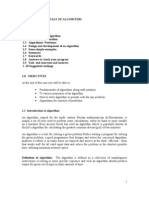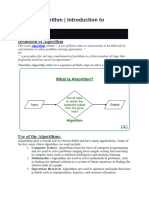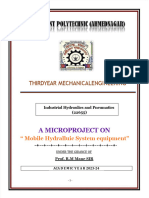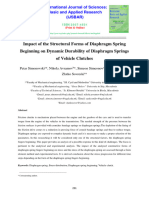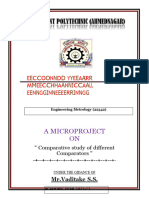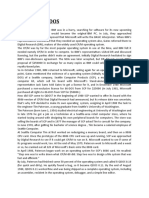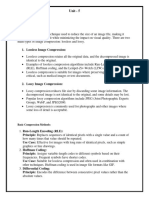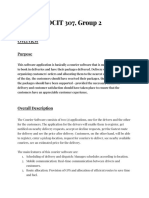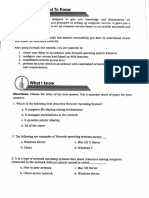0% found this document useful (0 votes)
22 views8 pagesAlgo
An algorithm is a finite set of rules or instructions for solving problems, widely used in fields like computer science, mathematics, and artificial intelligence. Key characteristics of algorithms include clarity, well-defined inputs and outputs, finiteness, and feasibility, while advantages include ease of understanding and systematic problem-solving. The document also outlines the process of designing an algorithm, its properties, and provides an example of adding three numbers using a specific algorithm.
Uploaded by
vedantbakal043Copyright
© © All Rights Reserved
We take content rights seriously. If you suspect this is your content, claim it here.
Available Formats
Download as PDF, TXT or read online on Scribd
0% found this document useful (0 votes)
22 views8 pagesAlgo
An algorithm is a finite set of rules or instructions for solving problems, widely used in fields like computer science, mathematics, and artificial intelligence. Key characteristics of algorithms include clarity, well-defined inputs and outputs, finiteness, and feasibility, while advantages include ease of understanding and systematic problem-solving. The document also outlines the process of designing an algorithm, its properties, and provides an example of adding three numbers using a specific algorithm.
Uploaded by
vedantbakal043Copyright
© © All Rights Reserved
We take content rights seriously. If you suspect this is your content, claim it here.
Available Formats
Download as PDF, TXT or read online on Scribd
/ 8
















